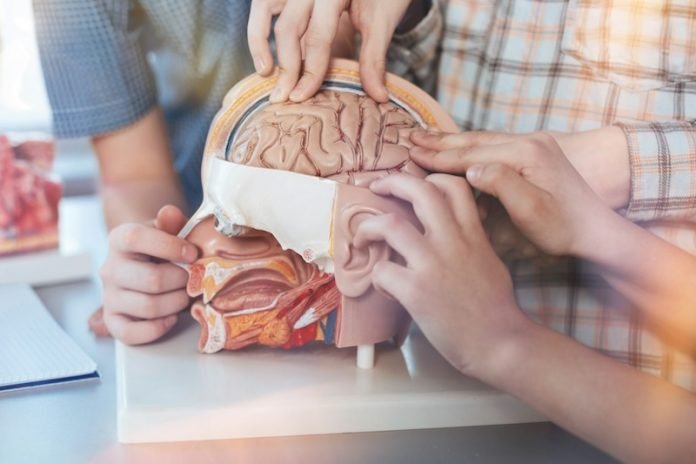
Scientists at the University of Wisconsin–Madison have made a big leap in brain research. They’ve created the first 3D-printed brain tissue that acts just like the real thing.
This is exciting news for anyone looking to understand the brain better and find new ways to treat brain-related diseases, like Alzheimer’s and Parkinson’s.
Su-Chun Zhang, a neuroscience and neurology professor at the Waisman Center of UW–Madison, shared how big of a deal this is.
He said this new method could totally change how we study the brain, the way cells in the brain talk to each other, and how we understand and treat many mental and neurological diseases.
The team’s success comes from changing how they 3D print the brain tissue.
Instead of building it layer by layer from the bottom up, they figured out a way to lay down brain cells side by side in a softer gel.
This gel, which they call “bio-ink,” is gentle enough to let the brain cells grow and connect, kind of like how pencils lay side by side on a table.
Yuanwei Yan, a member of Zhang’s team, explained that their 3D-printed tissue is thin, which helps the brain cells get all the oxygen and nutrients they need to thrive.
This method lets the cells reach out and form networks, just like in a real brain. They can send signals to each other and even create connections with support cells added to the mix.
What’s really cool is that this technique lets the scientists print different parts of the brain, like the cerebral cortex and the striatum, and these parts can communicate in specific ways.
This level of control and precision is something you can’t get with brain organoids, which are like mini-organs used in brain studies but grow in a more chaotic and less controlled way.
Zhang’s lab is unique because they can make almost any type of brain cell and put them together in many different ways.
This means they can design the brain tissue to study very specific interactions between nerve cells under various conditions.
This breakthrough doesn’t just open new doors for understanding the human brain and its diseases. It also shows how powerful 3D printing can be in medical research, offering new ways to tackle some of the biggest challenges in neuroscience.
It’s a game-changer that could lead to better treatments for brain disorders and a deeper understanding of how our brains work.
If you care about brain health, please read studies about vitamin D deficiency linked to Alzheimer’s and vascular dementia, and higher magnesium intake could help benefit brain health.
For more information about brain health, please see recent studies about antioxidants that could help reduce dementia risk, and coconut oil could help improve cognitive function in Alzheimer’s.
The research findings can be found in Cell Stem Cell.
Copyright © 2024 Knowridge Science Report. All rights reserved.



